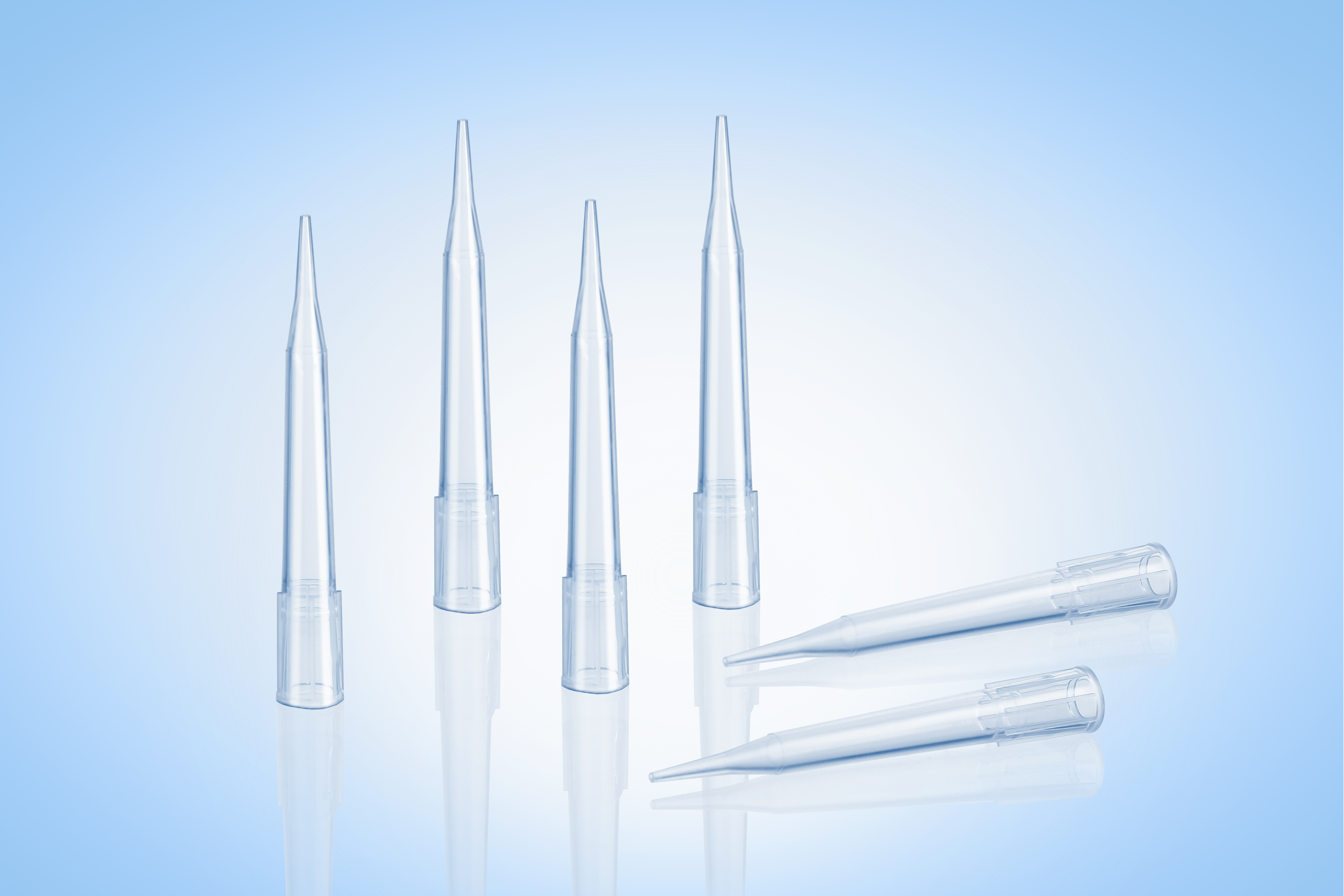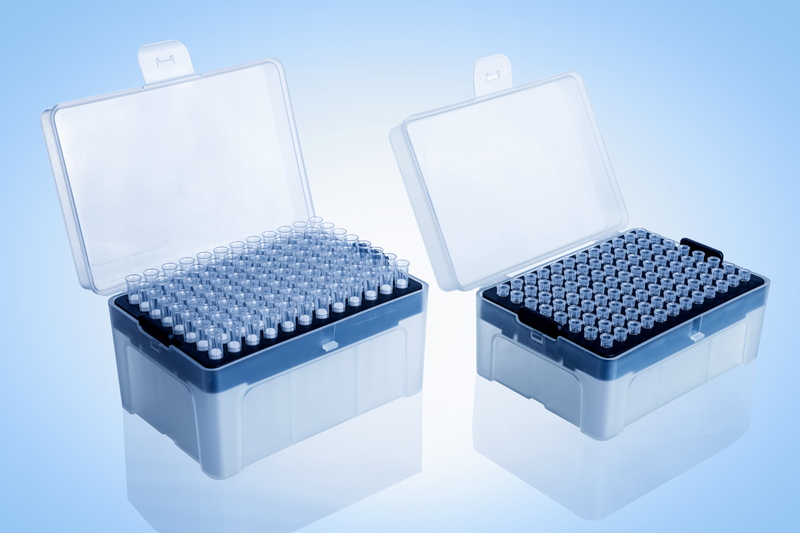

Views: 0 Author: Site Editor Publish Time: 2025-10-20 Origin: Site








In the realm of laboratory practices, the pipette tip plays a pivotal role in ensuring the accuracy and reliability of experimental results. The precision and accuracy of pipetting are directly influenced by the choice and usage of pipette tips. For researchers and laboratory technicians, understanding the importance of changing pipette tips is crucial for maintaining the integrity of their work. The significance of this practice is underscored by the potential risks associated with cross-contamination, the reliability of experimental data, and the protection of laboratory equipment. In this article, we delve into the reasons why changing pipette tips is essential, supported by data, expert opinions, and practical insights. For those interested in the specifics of pipette tips, Gongdong offers a range of options that ensure precision and reliability in lab measurements.

Cross-contamination is a major concern in laboratory settings, particularly in molecular biology and clinical testing. The inadvertent transfer of DNA/RNA or other biological materials between samples can lead to skewed results and false positives. For instance, in a PCR laboratory, failure to replace pipette tips in a timely manner can result in a 37% increase in false positive rates due to cross-contamination between reagents. The use of sterile and filtered pipette tips, such as those provided by Gongdong, can significantly mitigate these risks by preventing the transfer of contaminants and ensuring the purity of each sample.
The reliability of experimental data hinges on the precision of liquid handling. Even with standard pipette tips, residual liquid can remain on the tip surface, affecting subsequent measurements. This residual volume, which can be as high as 0.5-2µL, is particularly critical in precision experiments. By using low-adsorption tips, researchers can reduce residual volume to less than 0.05µL, thereby enhancing the accuracy of their results. It is recommended that the aspirated volume should account for 35%-100% of the tip capacity to minimize errors and ensure data reliability.

Regular replacement of pipette tips is not only vital for data accuracy but also for the maintenance of laboratory equipment. Prolonged use of a single tip can lead to the crystallization of volatile liquids inside the tip, potentially damaging the pipette's piston seal and affecting its performance. Additionally, frequent collisions during tip installation can cause wear and tear on precision parts, shortening the pipette's lifespan. By routinely changing tips, laboratories can protect their equipment from damage and ensure consistent performance.
Technological advancements have led to the development of pipette tips with enhanced features. Filter tips, for example, are designed to block aerosol spread and prevent cross-contamination, making them ideal for high-precision experiments. Sterile packaging is essential in biosafety level 3 laboratories to prevent external contamination. Extended pipette tips are also available to reduce errors in deep well plate operations, with studies showing a 40% reduction in operational errors. These innovations provide laboratories with greater safety, reliability, and operational accuracy.
In high-throughput experiments, the efficiency and precision of pipetting are paramount. Multi-channel pipettes require synchronized tip replacement to avoid cross-contamination and improve workflow efficiency. Automated workstations with tip management modules can effectively monitor tip usage and replacement cycles, reducing manual errors and ensuring data reliability. In trace analysis experiments, ultra-low adsorption tips are crucial for minimizing residual liquid and ensuring accurate results. Techniques such as "pipetting and discharging liquid" can further enhance pipetting accuracy in high-precision analyses.
The role of pipette tips in laboratory operations cannot be overstated. They are integral to ensuring the accuracy and reliability of experimental results. While the cost of pipette tips may seem negligible, the potential losses from contamination incidents far exceed their price. Therefore, adhering to strict tip replacement protocols is essential. The future of laboratory practices may see the rise of automated pipette replacement systems, enhancing operational efficiency and reducing human error. As the industry evolves, the management of pipette tips will continue to play a crucial role in improving laboratory work efficiency and safety. For more information on pipette tips, visit Gongdong's pipette tip page.
![]()
1. Why is it important to change pipette tips between samples?
Changing pipette tips between samples prevents cross-contamination, ensuring the purity and accuracy of each sample.
2. How do pipette tips affect data reliability?
Pipette tips influence data reliability by minimizing residual liquid and ensuring precise volume measurements, crucial for accurate experimental results.
3. What are the risks of not replacing pipette tips?
Failure to replace pipette tips can lead to cross-contamination, inaccurate data, and potential damage to laboratory equipment.
4. What advancements have been made in pipette tip technology?
Recent advancements include filter tips to prevent aerosol spread, sterile packaging for contamination prevention, and extended tips for reduced operational errors.
5. How can laboratories ensure the proper use of pipette tips?
Laboratories can ensure proper use by adhering to strict replacement protocols, utilizing advanced tip technologies, and employing automated systems for tip management.
6. What are the benefits of using low-adsorption pipette tips?
Low-adsorption pipette tips reduce residual liquid, enhancing the accuracy and reliability of experimental data.
7. How does Gongdong's pipette tip range support laboratory accuracy?
Gongdong's pipette tips offer precision, minimal retention, and universal fit, ensuring accurate and reliable lab measurements.